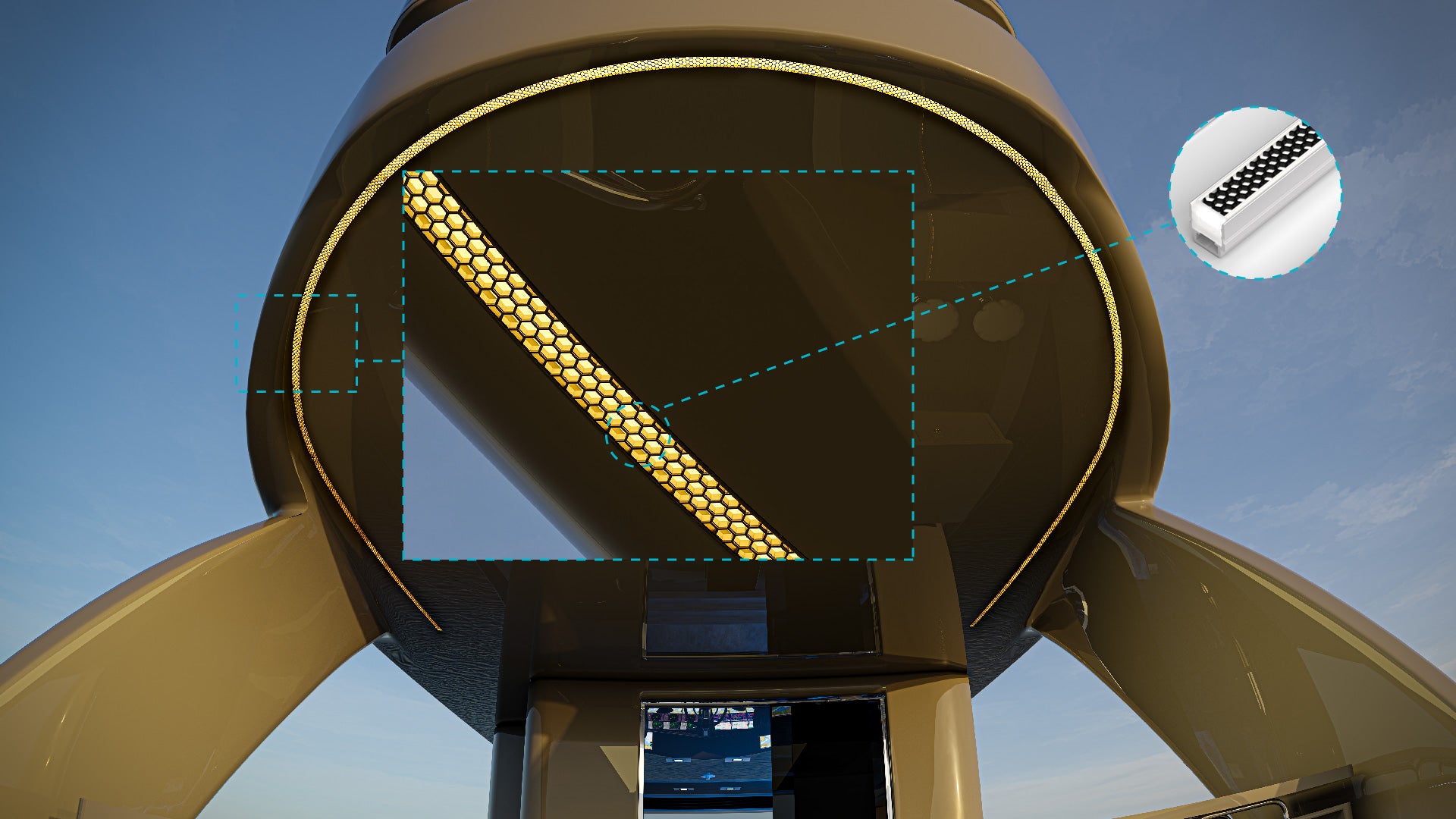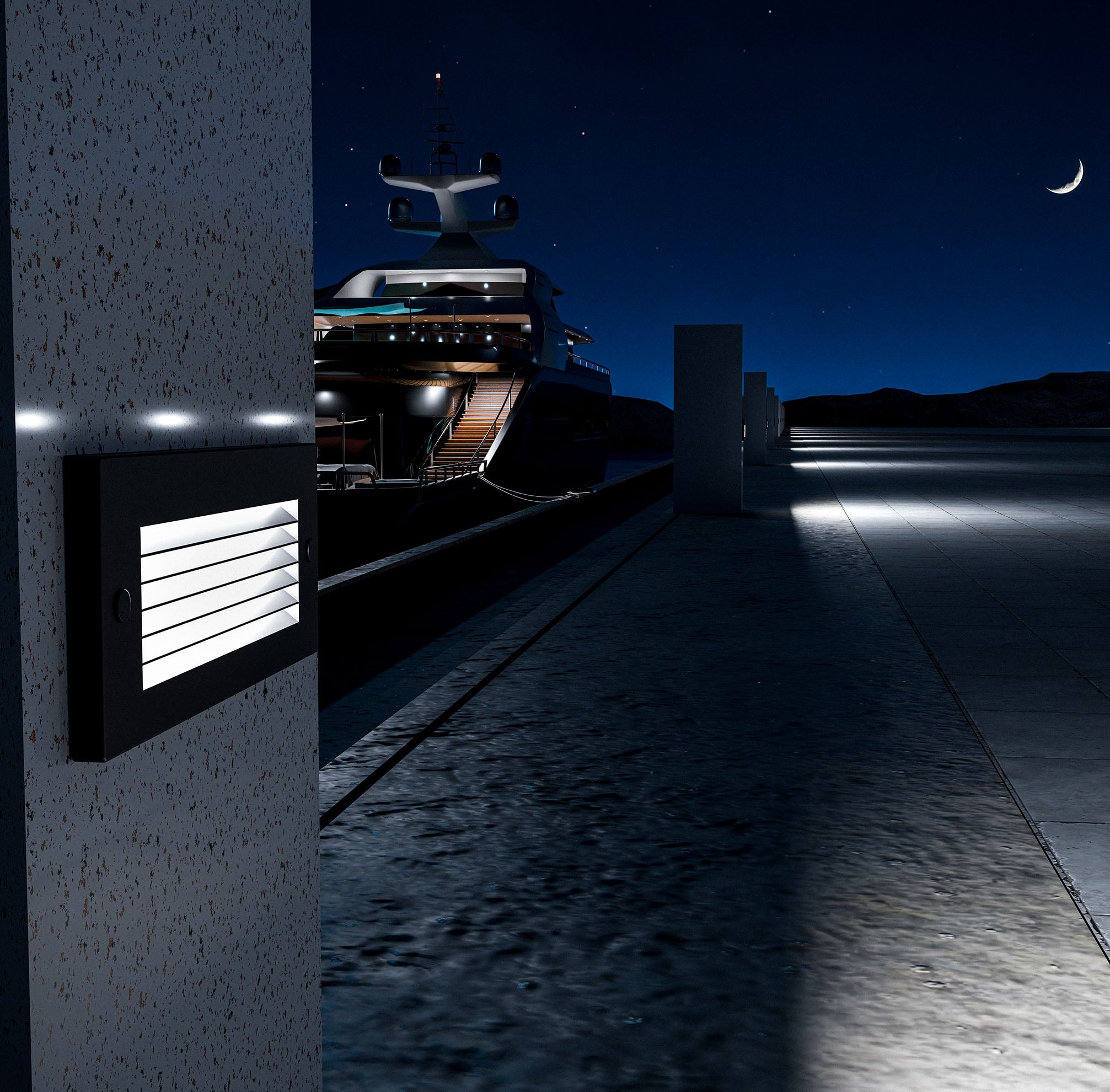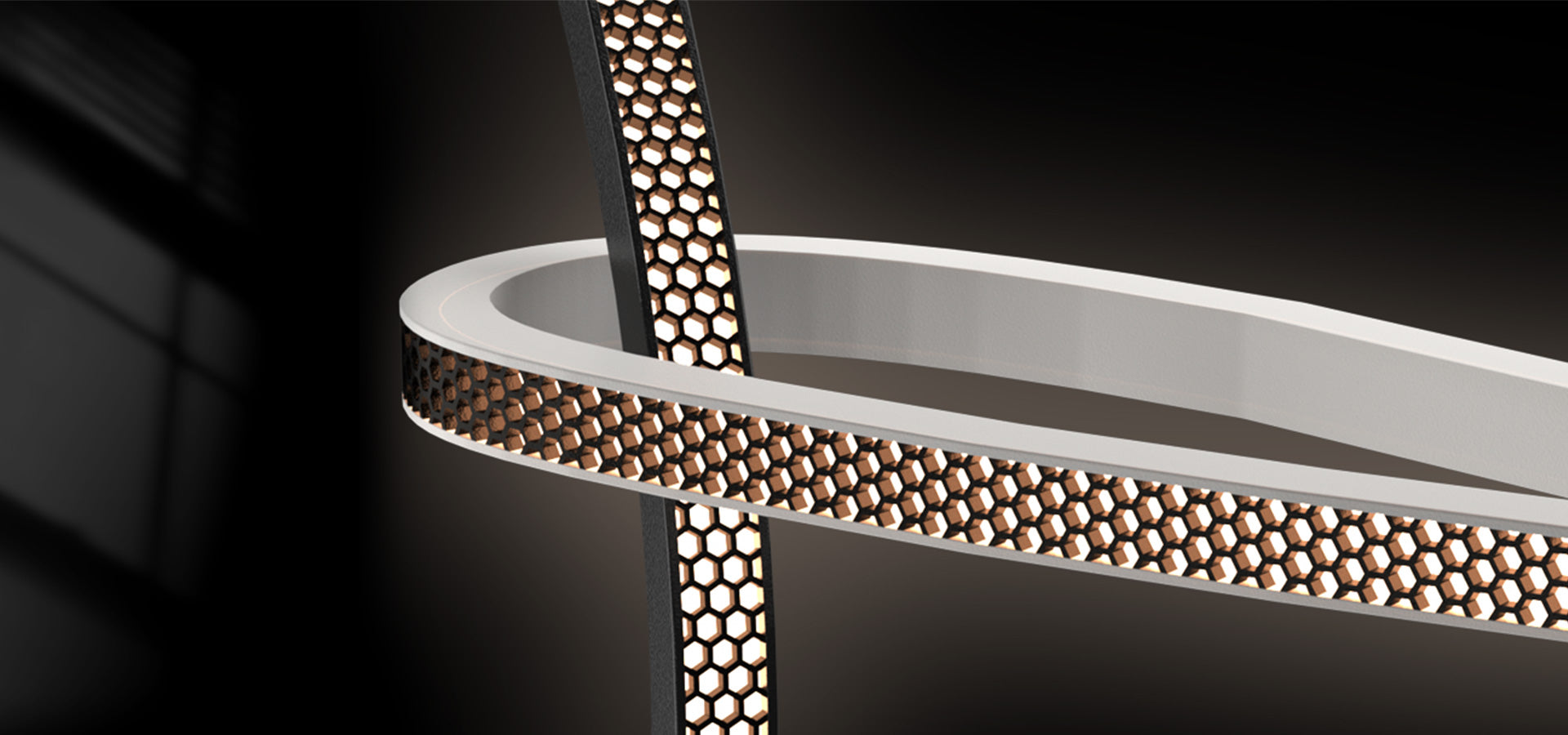What is the Deck of a Boat?
Deck refers to the horizontal surface that forms the “floor” of a boat or ship, covering the hull and providing a stable area for crew and passengers. The deck serves as the primary area for movement, work, and recreational activities on a vessel. It can be thought of as the boat’s “roof,” shielding the hull and interior spaces from external elements like rain, sun, and waves. Decks are integral to a boat’s structural integrity, distributing weight evenly and enhancing stability while at sea.
What does the Deck of a Boat do?
The design and layout of a deck vary depending on the type and purpose of the vessel. For instance, on smaller recreational boats, the deck may consist of a single flat area with seating, a steering console, and space for fishing or lounging. In contrast, larger vessels like yachts, sailboats, and ships often have multiple decks, each with a specific function. These may include the main deck for general activity, the foredeck (toward the bow) often used for anchoring equipment, and sometimes an aft deck (at the stern) for fishing, sunbathing, or accessing the water.
Decks are also equipped with important safety and operational features, such as railings, cleats, and lifelines to prevent falls and secure equipment. Non-slip surfaces are common on decks to reduce the risk of slipping when wet. In sailing vessels, the deck is crucial for rigging and handling sails, with various fixtures like winches and blocks to manage sail lines. Additionally, the deck may house amenities such as storage lockers, seating, and access hatches to cabins and other interior spaces.
Context about the Deck
In maritime terminology, the deck serves as a reference point for many actions and navigational commands. Terms like “on deck” or “below deck” indicate specific locations or actions that relate to the deck's level. For crew members, understanding the layout and functions of different parts of the deck is essential for efficient operations and safety on board. Well-designed decks not only provide a functional workspace but also enhance comfort, making them central to both the practicality and enjoyment of a boating experience.








